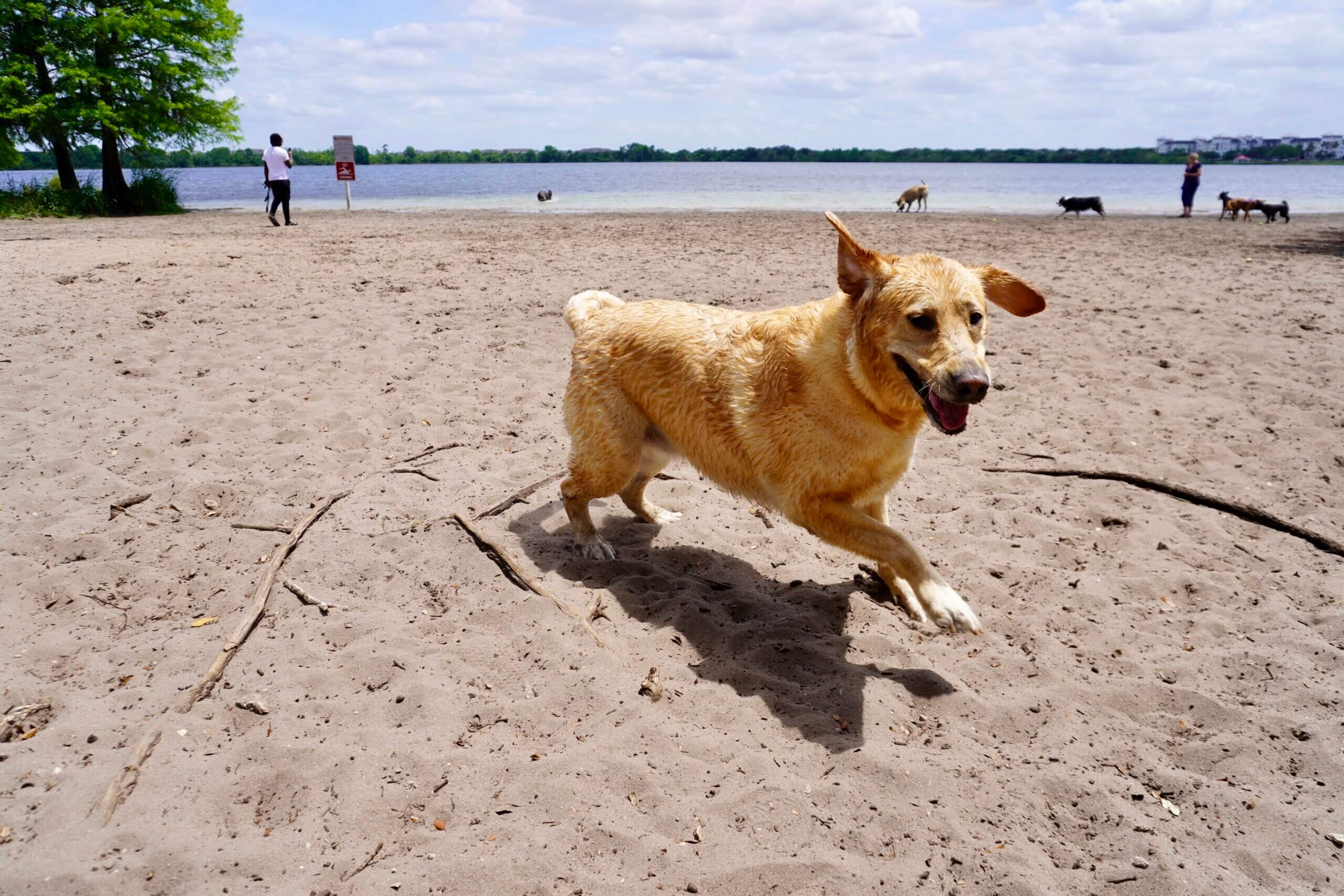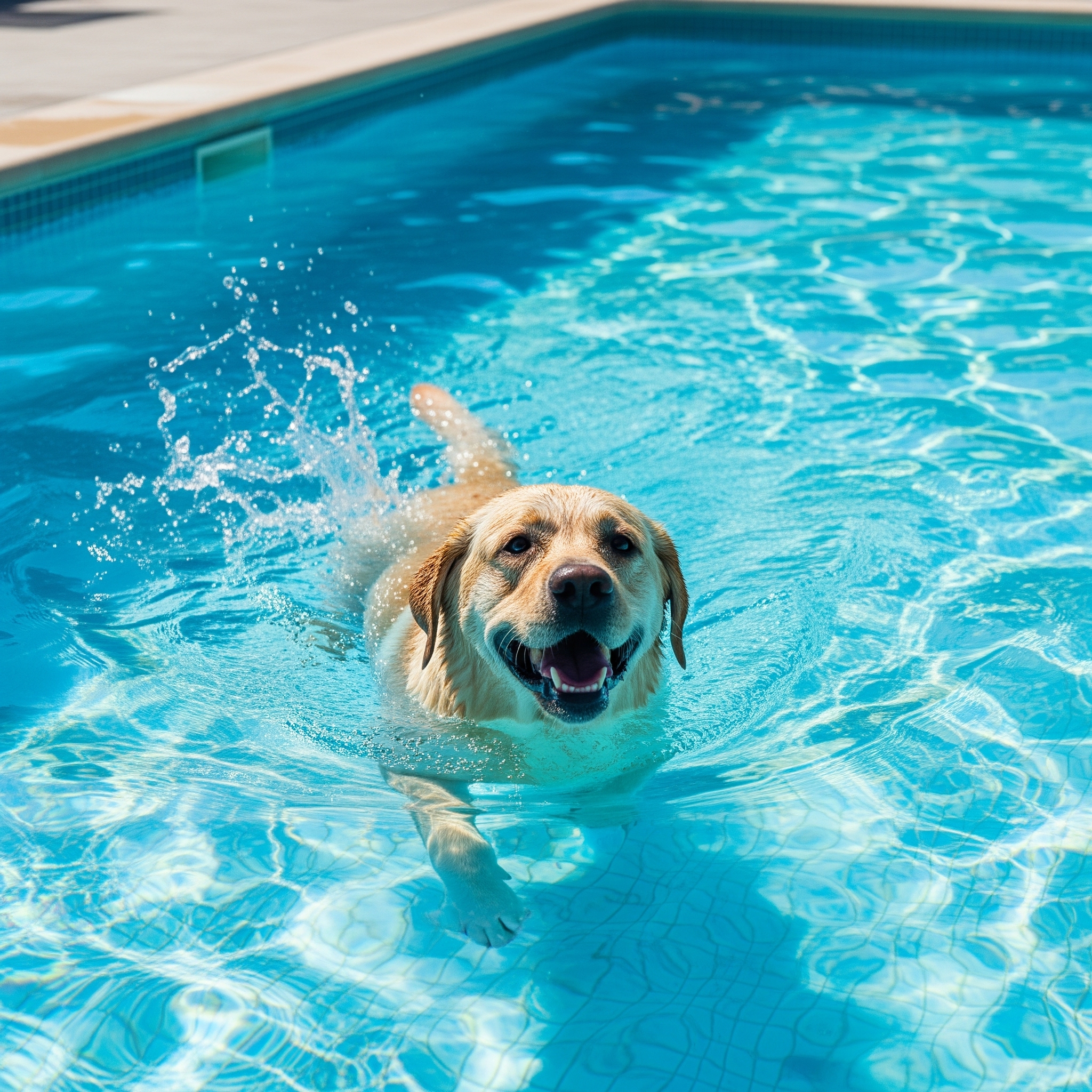As devoted dog owners, we all want our furry friends to be happy, healthy, and thriving. Regular activity is essential for a dog’s physical health, mental well-being, and overall quality of life. However, keeping dogs active throughout the year requires planning and creativity, especially when weather, temperature, or seasonal hazards can make outdoor play more challenging. At SeaPaws, we understand the importance of balancing fun with safety, and we’ve compiled tips and strategies to keep your dog engaged and active during every season.
The Importance of Year-Round Activity
Dogs need consistent exercise to maintain a healthy weight, strong muscles, and good cardiovascular health. Physical activity also helps prevent destructive behaviors that can arise from boredom, anxiety, or pent-up energy. Mental stimulation is equally crucial—activities that challenge a dog’s mind can reduce stress and improve focus. Combining physical and mental exercise ensures your dog stays happy, well-rounded, and adaptable, no matter the season.
Seasonal changes bring unique challenges. Hot summer days, cold winters, spring rains, and autumn leaf piles each create potential risks for dogs, from overheating to slipping hazards. Understanding these seasonal considerations allows you to plan activities that are both enjoyable and safe.
Summer Fun: Staying Cool While Playing
Summer brings long days and abundant opportunities for outdoor adventures, but it also comes with risks like heat exhaustion, sunburn, and dehydration. For dogs, especially those with thick coats or brachycephalic breeds like Bulldogs, summer heat can be dangerous. To keep your dog active safely during hot months:
-
Early Morning and Evening Walks: Avoid the hottest part of the day. Walks before sunrise or after sunset help prevent overheating and paw pad burns on hot pavement.
-
Water Activities: Many dogs love swimming. Beaches, lakes, and dog-friendly pools offer low-impact exercise that keeps dogs cool. Always supervise swimming, ensure water safety, and provide fresh drinking water to prevent dehydration.
-
Shaded Play Areas: Create shaded spots in your yard or visit parks with ample tree coverage. Shade allows dogs to take breaks without interrupting playtime.
-
Cooling Products: Cooling vests, mats, or even frozen treats can make outdoor time more comfortable. These tools help regulate body temperature while keeping your dog engaged.
Summer also offers socialization opportunities. Dog parks, obedience classes, and group play sessions provide both exercise and mental stimulation, helping your dog interact positively with other dogs and people.
Autumn Adventures: Navigating Changing Landscapes
Autumn is a wonderful season for dogs. Cooler temperatures make longer walks enjoyable, and the sights, sounds, and smells of fall provide natural enrichment. However, falling leaves and seasonal debris can hide hazards, so careful planning is essential.
-
Trail and Forest Walks: Autumn leaves create a sensory playground. Trails, parks, and nature paths offer excellent exercise, but always watch for hidden obstacles, sharp sticks, or hidden trash.
-
Leaf Play: Dogs love jumping in leaf piles, but keep piles free from sticks, stones, or chemical residues like lawn treatments. This ensures fun without injury.
-
Pumpkin Enrichment: Pumpkins aren’t just decorative. Many dogs enjoy sniffing, rolling, or even tasting small pieces as a low-calorie treat. You can hide kibble inside a hollowed pumpkin for a mental game that also encourages physical activity.
-
Shorter Days, Longer Walks: As daylight fades, reflective gear for both dogs and owners ensures safety during walks on streets or trails.
Autumn also marks the start of seasonal shedding for some breeds. Regular grooming helps manage loose fur and keeps dogs comfortable during active play sessions.
Winter Workouts: Staying Active in the Cold
Winter brings cold temperatures, snow, and ice. While some dogs, especially cold-weather breeds like Huskies or Malamutes, thrive in snow, others may be more sensitive. Staying active in winter requires modifications to protect paws, joints, and overall health.
-
Indoor Exercise: When outdoor conditions are harsh, indoor activities like tug-of-war, hide-and-seek, or fetch in a hallway can burn energy safely. Puzzle toys and treat dispensers also provide mental stimulation.
-
Snow Safety: For dogs who enjoy snow, watch for ice accumulation between toes, which can cause discomfort or frostbite. Dog booties can protect paws, and regular checks help prevent injuries.
-
Short Walks, Frequent Breaks: Cold air can irritate sensitive noses and paws. Keep walks shorter but more frequent to maintain activity levels without prolonged exposure.
-
Training Sessions: Winter is an ideal time to teach new tricks or reinforce obedience skills. Mental exercise keeps dogs sharp when outdoor options are limited.
Winter also provides opportunities for social interaction. Playdates indoors or trips to doggy daycare maintain socialization while keeping your dog active, especially when outdoor play is restricted.
Springtime Exploration: Fresh Growth and New Challenges
Spring is a season of renewal, making it perfect for new activities and outdoor adventures. Longer daylight, warmer temperatures, and blossoming parks invite exploration. However, spring also brings rain, mud, and seasonal allergens that can affect dogs.
-
Trail Adventures: Spring trails are ideal for sniffing, exploring, and gentle exercise. Waterproof boots or paw balm protect paws from mud, rough terrain, or allergens.
-
Agility and Obstacle Courses: Set up a backyard agility course or explore dog parks with agility stations. These activities combine physical and mental stimulation, keeping dogs engaged.
-
Rainy Day Fun: When rain limits outdoor activity, indoor games like scent work, hide-and-seek, or treat puzzles provide enrichment and energy release.
-
Allergy Awareness: Spring pollen can trigger allergies in dogs. Monitor for sneezing, itching, or watery eyes and adjust activities or cleaning routines as needed.
Spring also offers water-based activities like paddling in calm rivers or lakes. Always supervise, ensure safety, and gradually introduce water-loving dogs to new environments.
Year-Round Tips for Safe and Engaging Activities
No matter the season, certain principles keep dogs active safely:
-
Know Your Dog: Breed, age, weight, and health conditions influence activity levels. Puppies need short, frequent play sessions, while senior dogs may benefit from gentler, low-impact exercise.
-
Monitor Weather Conditions: Avoid extreme temperatures, and be aware of hazards like ice, mud, or hot pavement.
-
Hydration and Nutrition: Keep fresh water available during and after activity. Adequate nutrition fuels exercise and supports recovery.
-
Variety and Enrichment: Rotate activities to prevent boredom. Combining physical and mental challenges keeps dogs engaged and improves overall well-being.
-
Safety Gear: Reflective collars, leashes, and harnesses help ensure visibility. Life jackets, booties, and protective gear prevent injuries in specific conditions.
Indoor Alternatives for Inclement Weather
Sometimes outdoor adventures aren’t possible due to storms, extreme temperatures, or other hazards. Indoor options can provide exercise and stimulation:
-
Interactive Toys: Puzzle feeders, treat balls, and snuffle mats encourage problem-solving and slow feeding.
-
Training Games: Teaching tricks, agility indoors, or scent work engages your dog’s mind while promoting movement.
-
Tug and Fetch: Hallways, living rooms, or basements can serve as mini-play zones for controlled games.
-
Doggy Daycare or Playgroups: Professional facilities provide socialization and structured activity when home options are limited.
Indoor options ensure your dog’s energy levels remain balanced, preventing behavioral problems while keeping health and happiness intact.
Benefits of Consistent Year-Round Activity
Keeping dogs active throughout the year has multiple benefits. Physically, regular activity reduces obesity risk, strengthens muscles and joints, and promotes cardiovascular health. Mentally, structured play and enrichment prevent boredom, reduce anxiety, and build confidence. Socially, consistent interaction with humans, other dogs, and environments promotes well-rounded behavior.
Beyond these benefits, consistent activity strengthens the bond between owner and dog. Whether walking, playing, or training, shared experiences create trust and deepen the human-animal connection. A dog that feels safe, stimulated, and engaged is happier, healthier, and better behaved.
Conclusion
Year-round activity is essential for a dog’s health, happiness, and quality of life. Each season presents opportunities and challenges, from hot summer days to snowy winter walks. By planning safe outdoor adventures, providing indoor alternatives when necessary, and incorporating physical and mental enrichment, dog owners can ensure their furry friends remain active and engaged every month of the year.
At SeaPaws, we understand that keeping dogs safe and active requires attention, creativity, and care. Whether it’s summer swims, autumn leaf play, winter indoor activities, or springtime trail exploration, every day offers a chance for safe adventure. Prioritizing year-round activity strengthens your dog’s body, mind, and spirit, while creating a stronger bond between pet and owner. With thoughtful planning, your dog can enjoy a lifetime of fun, health, and happiness, no matter the season.






